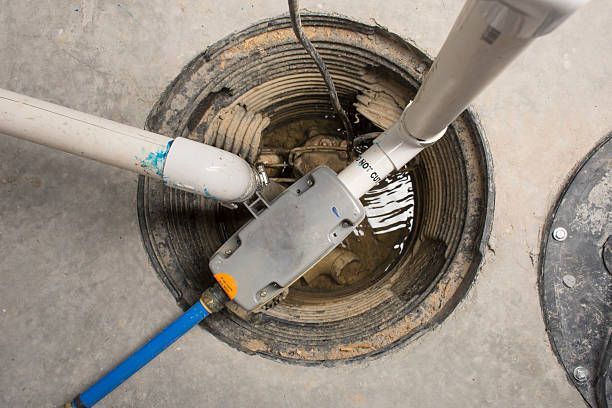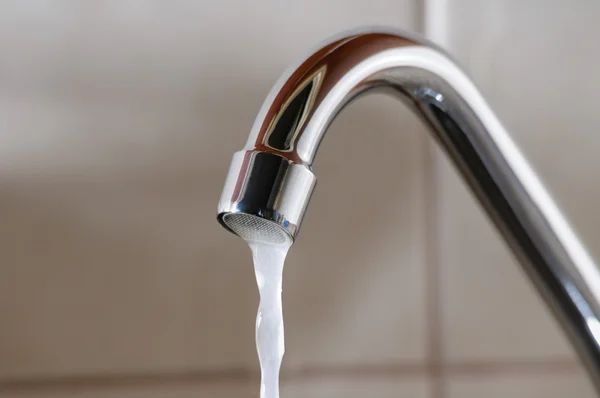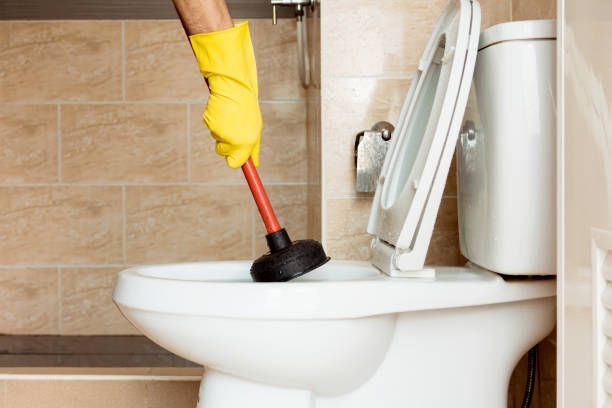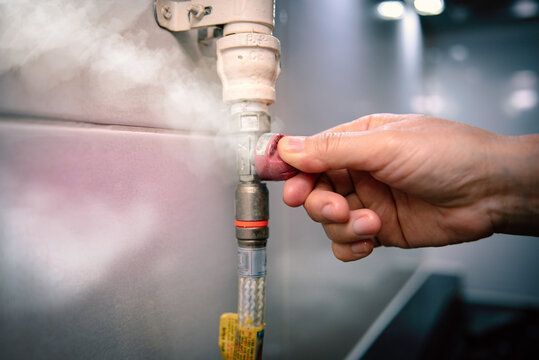Dealing with Sewer Backup: Understanding, Prevention, and Solutions
Uncovering the Mess: Navigating the Trials of Sewer Backup Woes

Dealing with Sewer Backup: Understanding, Prevention, and Solutions
Sewer backup is one of the most unpleasant and potentially hazardous plumbing issues homeowners can face. From foul odors to property damage, the consequences of a sewer backup can be significant. In this comprehensive guide, we'll explore what causes sewer backup, how to prevent it, and steps to take if you find yourself dealing with this unfortunate situation.
**Understanding Sewer Backup**
Sewer backup occurs when wastewater from your home's plumbing system flows back into your drains instead of properly exiting the property. This can happen for various reasons, including:
- Clogs: Blockages in your sewer line caused by grease, hair, sanitary products, or other debris can prevent proper drainage, leading to backup.
- Tree Roots: Tree roots seeking moisture can infiltrate sewer lines, causing cracks or blockages that impede the flow of wastewater.
- Old or Damaged Pipes: Aging or deteriorating sewer pipes are more susceptible to cracks, collapses, and other issues that can result in backup.
- Heavy Rainfall: Excessive rainfall can overwhelm sewer systems, causing backups as water levels rise and exceed capacity.
**Preventing Sewer Backup**
While some causes of sewer backup are unavoidable, there are steps you can take to minimize the risk:
- Regular Maintenance: Schedule routine inspections and maintenance for your plumbing system, including sewer lines, to catch potential issues early.
- Proper Disposal: Avoid flushing non-biodegradable items down the toilet or pouring grease and oil down the drains, as these can contribute to clogs.
- Tree Care: Be mindful of trees and shrubs near your sewer line, and consider professional root pruning or removal if necessary to prevent root intrusion.
- Install Backwater Valves: Backwater valves can prevent sewage from flowing back into your home by automatically closing when water levels rise.
**Dealing with Sewer Backup**
If you experience sewer backup in your home, it's essential to act quickly and take the following steps:
- Protect Yourself: Wear protective gear, such as gloves and boots, to minimize exposure to contaminated water.
- Turn Off Water: Shut off the main water supply to your home to prevent further backup and damage.
- Call a Professional: Contact a licensed plumber experienced in dealing with sewer backup to assess the situation and recommend appropriate solutions.
- Document Damage: Take photos and videos of the damage for insurance purposes, and keep records of any expenses related to cleanup and repairs.
- Clean and Disinfect: Thoroughly clean and disinfect affected areas to remove bacteria and prevent mold growth.
- Prevent Future Occurrences: Implement preventive measures, such as installing backwater valves or scheduling regular sewer line inspections, to reduce the likelihood of future backups.
Sewer backup is a serious issue that requires prompt attention and professional intervention. By understanding the causes, taking preventive measures, and knowing how to respond if it occurs, you can protect your home and minimize the impact of this challenging plumbing problem.
You might also like
Book a Service Today
We will get back to you as soon as possible
Please try again later
Quick & Reliable
We are available 24/7 via email or telephone
Location
Call
New Paragraph
Navigation
Services

All Rights Reserved | Company Name | Powered by Snapps
Disclaimer: This site functions to generate leads for businesses in the High Point area


